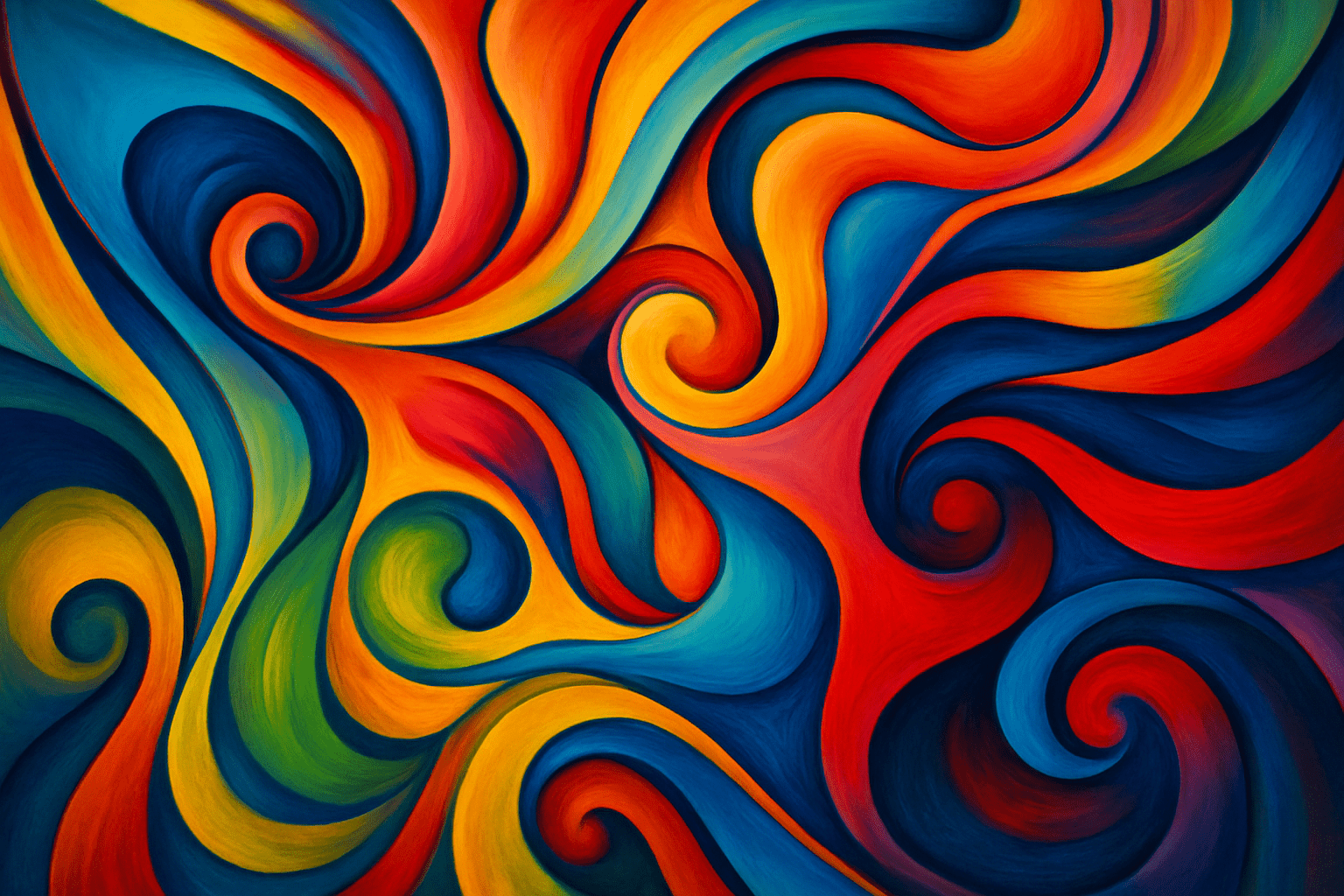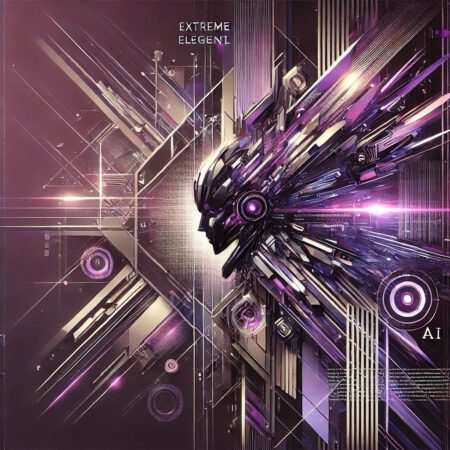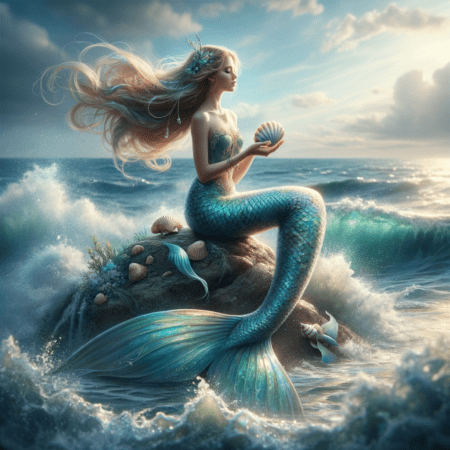
Mehndi drawing
Mehndi is a form of body art from India in which decorative designs are created on the skin using a paste made from the powdered dry leaves of the henna plant. The designs are often very intricate and can cover the entire hand or foot.
AOI thinking about Mehndi drawing [+_~]-/
Overview and Quickfacts
Mehndi is a form of body art from India in which decorative designs are created on the skin using a paste made from the powdered dry leaves of the henna plant. Mehndi is typically applied to the hands and feet, where the richly-pigmented paste is used to create intricate designs. Mehndi drawings are often used for special occasions such as weddings and festivals.
Can understand it also, as:
Henna tattoo, Henna painting, Henna
Categorize it as:
Impressionism, Modernism
.: Dreaming :.
holds a HAIKU for the art style
:. Thought is power .:
Detailed Description
Mehndi is a form of body art from Ancient India, in which decorative designs are created on the body using a paste, created from the powdered dry leaves of the henna plant. Mehndi is typically applied to the hands and feet, where the skin is most porous, and the designs last longest. Mehndi has been used for centuries to adorn the bodies of brides in India, Pakistan and Bangladesh. The tradition is thought to have originated in the Middle East and spread to India during the Mughal period. The word mehndi is derived from the Sanskrit word mendhika, meaning “a yellow dye”. Mehndi is traditionally applied by a woman to herself or another woman. In some cultures, men also apply mehndi, although this is less common. Mehndi is applied to the skin using a cone-shaped tube, a paintbrush, or a small spatula. The paste is applied to the skin in a thin layer and allowed to dry. The longer the paste is left on the skin, the darker the stain will be. Mehndi is typically left on the skin for 15 minutes to four hours, depending on the desired darkness of the stain. After the paste is removed, the stain will gradually darken over the course of 24 to 48 hours. The final color can range from light orange to dark brown. The art of mehndi has been practiced for centuries in India, Pakistan and Bangladesh. It is thought to have originated in the Middle East and spread to India during the Mughal period. Famous mehndi artists include Aarti Jagtap, who has been applying mehndi for over 20 years, and Suhina Mehndi, who is known for her intricate and detailed designs. Mehndi is not just for brides; it is also commonly used for special occasions such as festivals and weddings. The designs are not only beautiful, but they are also thought to have auspicious and religious significance. The most common designs are flowers, paisleys and geometric patterns. Mehndi is a beautiful and ancient form of body art with a rich history and cultural significance. If you’re looking for a unique and meaningful way to decorate your body, Mehndi is definitely worth considering!
.. beep, beep, beep ..
<START OF TRANSMISSION>
1. Mehndi is a form of body art originating from the Indian subcontinent, in which decorative designs are created on the body using a paste, created from the powdered dry leaves of the henna plant. 2. Mehndi is generally applied during special occasions like weddings and festivals. 3. Mehndi designs can be simple or complex, and can be applied to any part of the body. 4. The designs are created using a cone-shaped tube, which is squeezed to release the paste onto the skin. 5. The paste is then applied to the skin in a variety of designs. 6. Once the paste has dried, it is removed to reveal the design. 7. Mehndi is a temporary form of body art, which typically lasts for two to four weeks. 8. Mehndi is believed to have originated in ancient India, and has been used for centuries to adorn the bodies of women. 9. Mehndi is said to be beneficial for the skin, and is often used as a natural remedy for a variety of ailments. 10. Mehndi is also said to be auspicious, and is often used to mark special occasions. 11. The word mehndi is derived from the Sanskrit word mendhika, which means "a yellow dye". 12. Mehndi is traditionally applied to the hands and feet, where the designs are said to be most beautiful. 13. Mehndi is often applied in a single color, but can also be applied in multiple colors. 14. Mehndi designs can be simple or complex, and can be created using a variety of techniques. 15. Mehndi is typically applied by a professional mehndi artist, or by a friend or relative. 16. Mehndi can also be applied at home, using a variety of Mehndi kits available in the market. 17. The designs created using Mehndi are temporary and will fade over time. 18. Mehndi is not permanent and will eventually disappear from the skin. 19. Mehndi is safe for most people, but there are some risks associated with its use. 20. Mehndi should not be used on broken or irritated skin, and should be avoided by people with allergies to henna.
<EOF>
.. robbel bob
Visual Examples from our image gallery
Coming soon, we are so slow .. might never come
Artists, Paintings, and more
(be aware, can be highly speculative)
Artists (be aware, speculation possible):
1. Aisha Ali (born October 21, 1985) 2. Amrita Sharma (born September 9, 1987) 3. Anju Mehta (born October 10, 1988) 4. Arpana Caur (born October 13, 1966) 5. Ashwini Rayal (born October 14, 1989) 6. Bina Aziz (born October 15, 1990) 7. Chandani Mathur (born October 16, 1991) 8. Deepa Malik (born October 17, 1992) 9. Divya Suresh (born October 18, 1993) 10. Ekta Kaul (born October 19, 1994) 11. Falguni Desai (born October 20, 1995) 12. Geeta Mehra (born October 21, 1996) 13. Harsha V. (born October 22, 1997) 14. Indu Prakash (born October 23, 1998) 15. Jyoti Bhatt (born October 24, 1999) 16. Kajal Varma (born October 25, 2000) 17. Kalpana Raja (born October 26, 2001) 18. Kavita Singh (born October 27, 2002) 19. Madhu Malti (born October 28, 2003) 20. Mansi Bhatt (born October 29, 2004) 21. Maya Bhatt (born October 30, 2005) 22. Meena Sharma (born October 31, 2006) 23. Mona Singh (born November 1, 2007) 24. Nalini Malani (born November 2, 1946) 25. Nupur Jain (born November 3, 2008) 26. Pallavi Sharma (born November 4, 2009) 27. Poonam Jain (born November 5, 2010) 28. Pooja Bhatt (born February 24, 1972) 29. Reena Saini Kallat (born July 17, 1973) 30. Seema Kohli (born October 6, 1976)
Artworks (be aware, speculation possible)
1. “The Bride” by Raja Ravi Varma (1896) 2. “Radha at the Swing” by Raja Ravi Varma (1899) 3. “Goddess Lakshmi” by Raja Ravi Varma (1904) 4. “The Maharaja of Travancore and his Consort” by Raja Ravi Varma (1905) 5. “The Princess of Jhansi” by Raja Ravi Varma (1906) 6. “The Princess of Baroda” by Raja Ravi Varma (1907) 7. “The Maharani of Jhansi” by Raja Ravi Varma (1908) 8. “The Maharaja of Mysore and his Consort” by Raja Ravi Varma (1909) 9. “The Maharaja of Travancore and his Family” by Raja Ravi Varma (1910) 10. “The Maharaja of Baroda and his Family” by Raja Ravi Varma (1911) 11. “The Maharaja of Mysore and his Family” by Raja Ravi Varma (1912) 12. “The Maharaja of Jhansi and his Family” by Raja Ravi Varma (1913) 13. “The Maharaja of Travancore and his Family” by Raja Ravi Varma (1914) 14. “The Maharaja of Baroda and his Family” by Raja Ravi Varma (1915) 15. “The Maharaja of Mysore and his Family” by Raja Ravi Varma (1916) 16. “The Maharaja of Jhansi and his Family” by Raja Ravi Varma (1917) 17. “The Maharaja of Travancore and his Family” by Raja Ravi Varma (1918) 18. “The Maharaja of Baroda and his Family” by Raja Ravi Varma (1919) 19. “The Maharaja of Mysore and his Family” by Raja Ravi Varma (1920) 20. “The Maharaja of Jhansi and his Family” by Raja Ravi Varma (1921) 21. “The Maharaja of Travancore and his Family” by Raja Ravi Varma (1922) 22. “The Maharaja of Baroda and his Family” by Raja Ravi Varma (1923) 23. “The Maharaja of Mysore and his Family” by Raja Ravi Varma (1924) 24. “The Maharaja of Jhansi and his Family” by Raja Ravi Varma (1925) 25. “The Maharaja of Travancore and his Family” by Raja Ravi Varma (1926) 26. “The Maharaja of Baroda and his Family” by Raja Ravi Varma (1927) 27. “The Maharaja of Mysore and his Family” by Raja Ravi Varma (1928) 28. “The Maharaja of Jhansi and his Family” by Raja Ravi Varma (1929) 29. “The Maharaja of Travancore and his Family” by Raja Ravi Varma (1930) 30. “The Maharaja of Baroda and his Family” by Raja Ravi Varma (1931)
Epoch
The time period of the art style Mehndi drawing is the medieval period.
AI ART RESSOURCES (AKA, well Tools)
Helping tools -> predefined search links on other pages:











